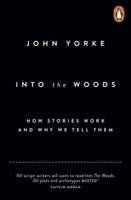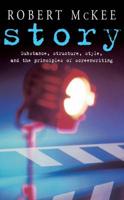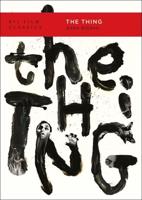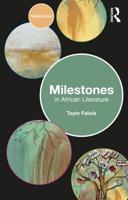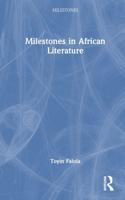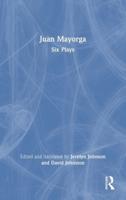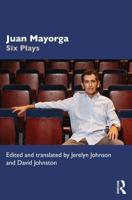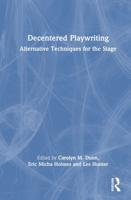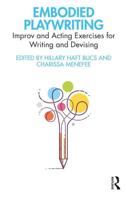Publisher's Synopsis
Like all translations of works of art, foreign versions of American films are meant to reflect a linguistic and cultural mirror-image of the world of the original. Yet as soon as we step through the dubbing glass, the reflected world becomes curioser and curioser and we often seem to be looking at the original work in a distorting mirror. Semantic content is altered, stylistic registers slide, connotations shift and rhetorical figures are turned inside out. In the universe of dubbing, the angle of reflection does not equal the angle of incidence. This study explores the sources of this infidelity, assesses the artistic damage, and suggests ways to meet the challenge of producing more faithful replicas of original motion pictures.

